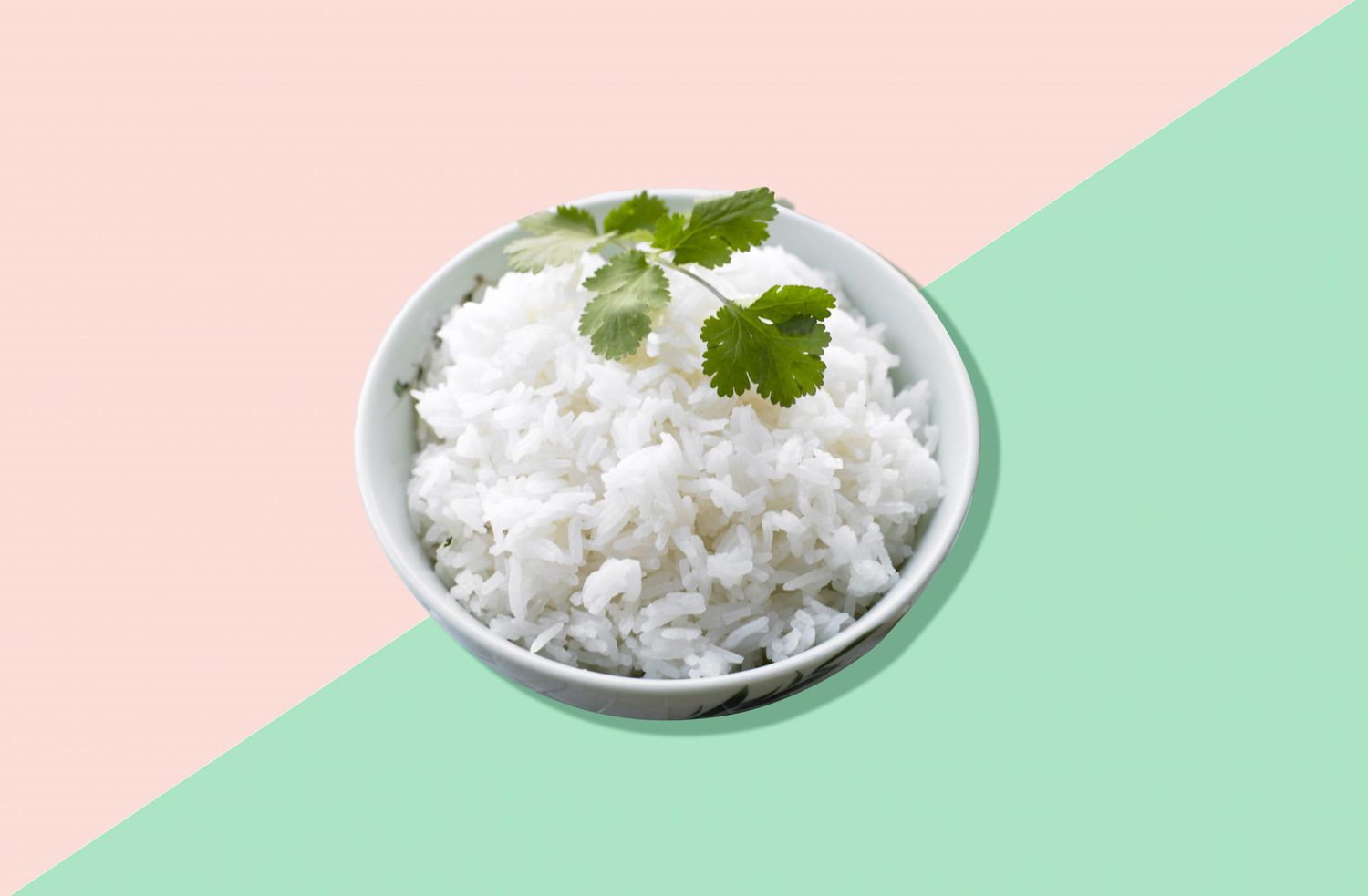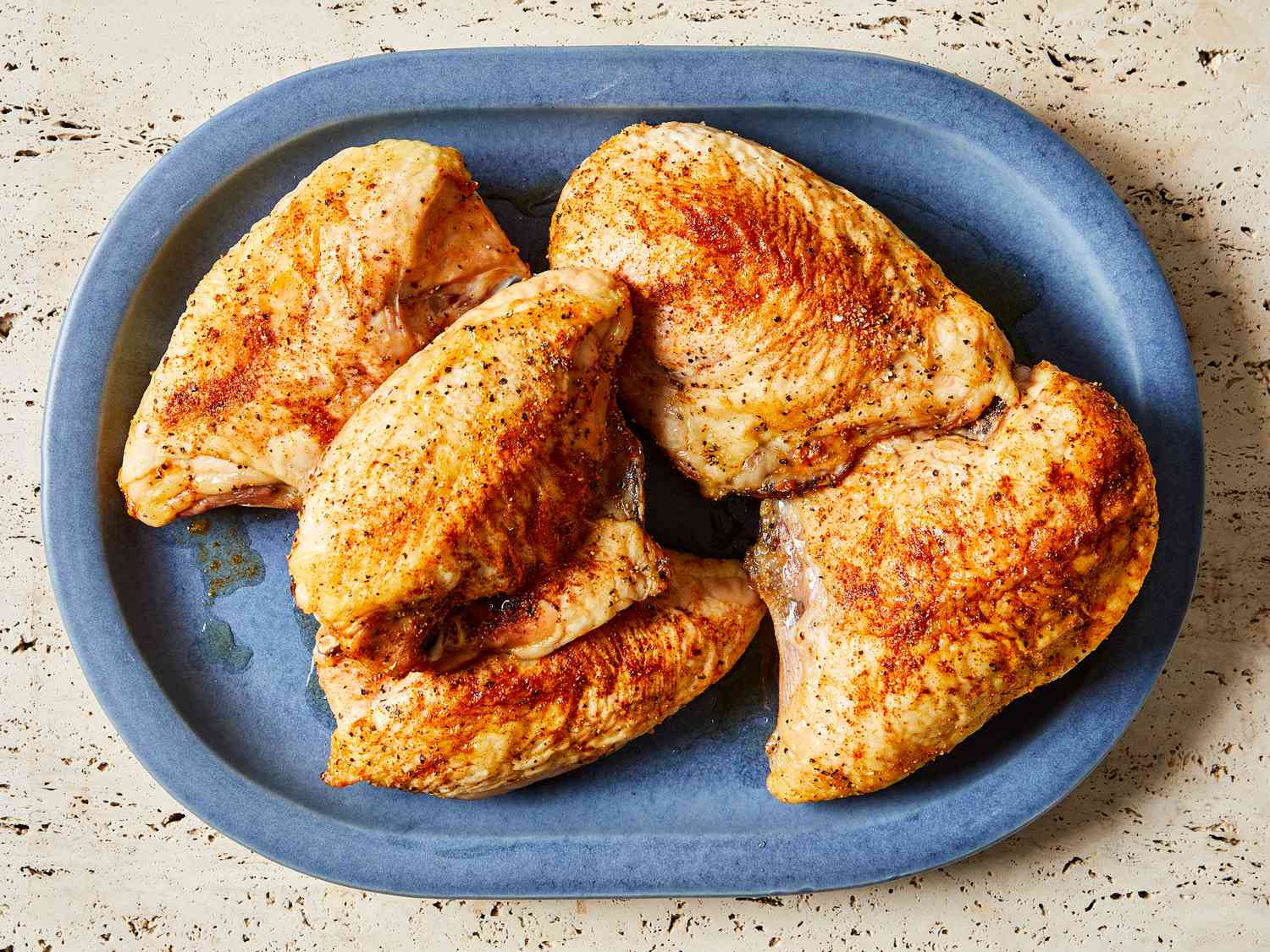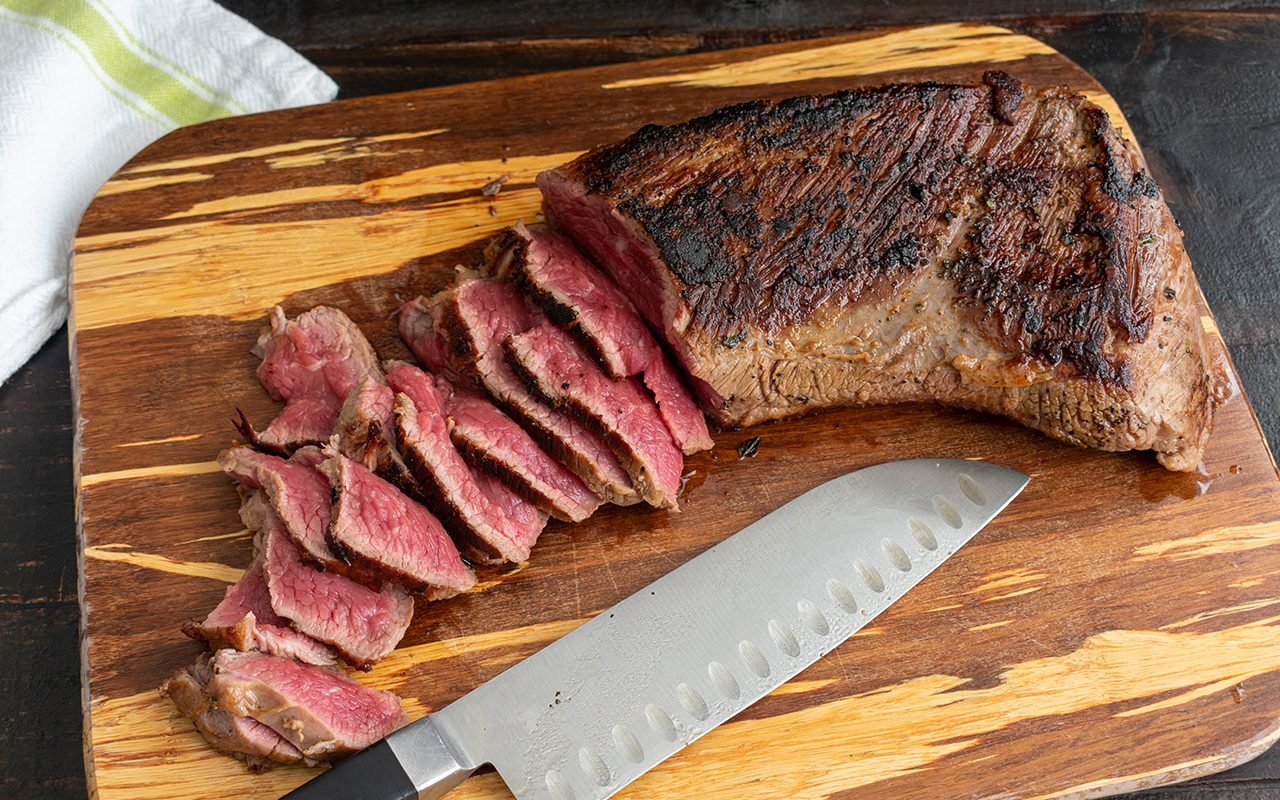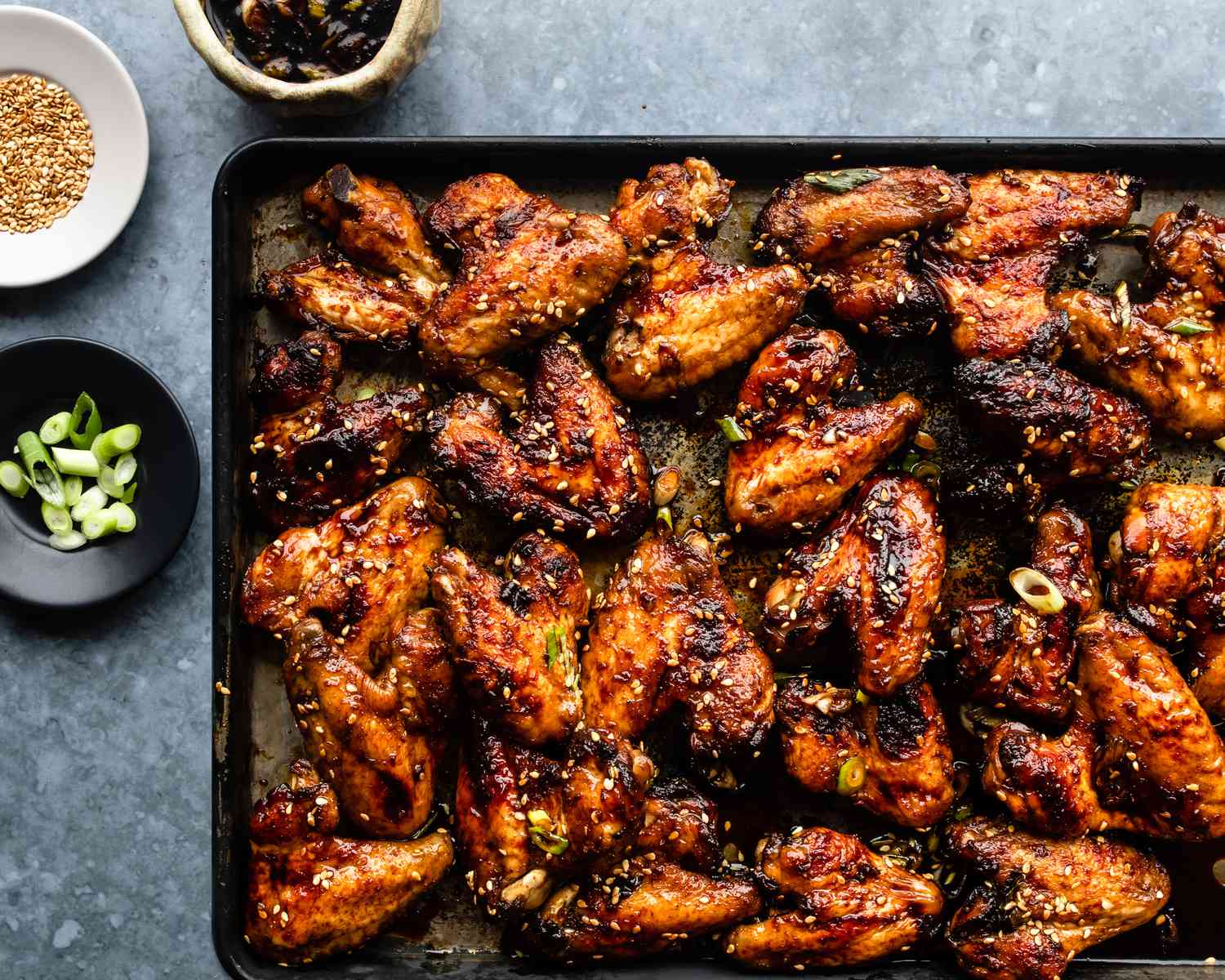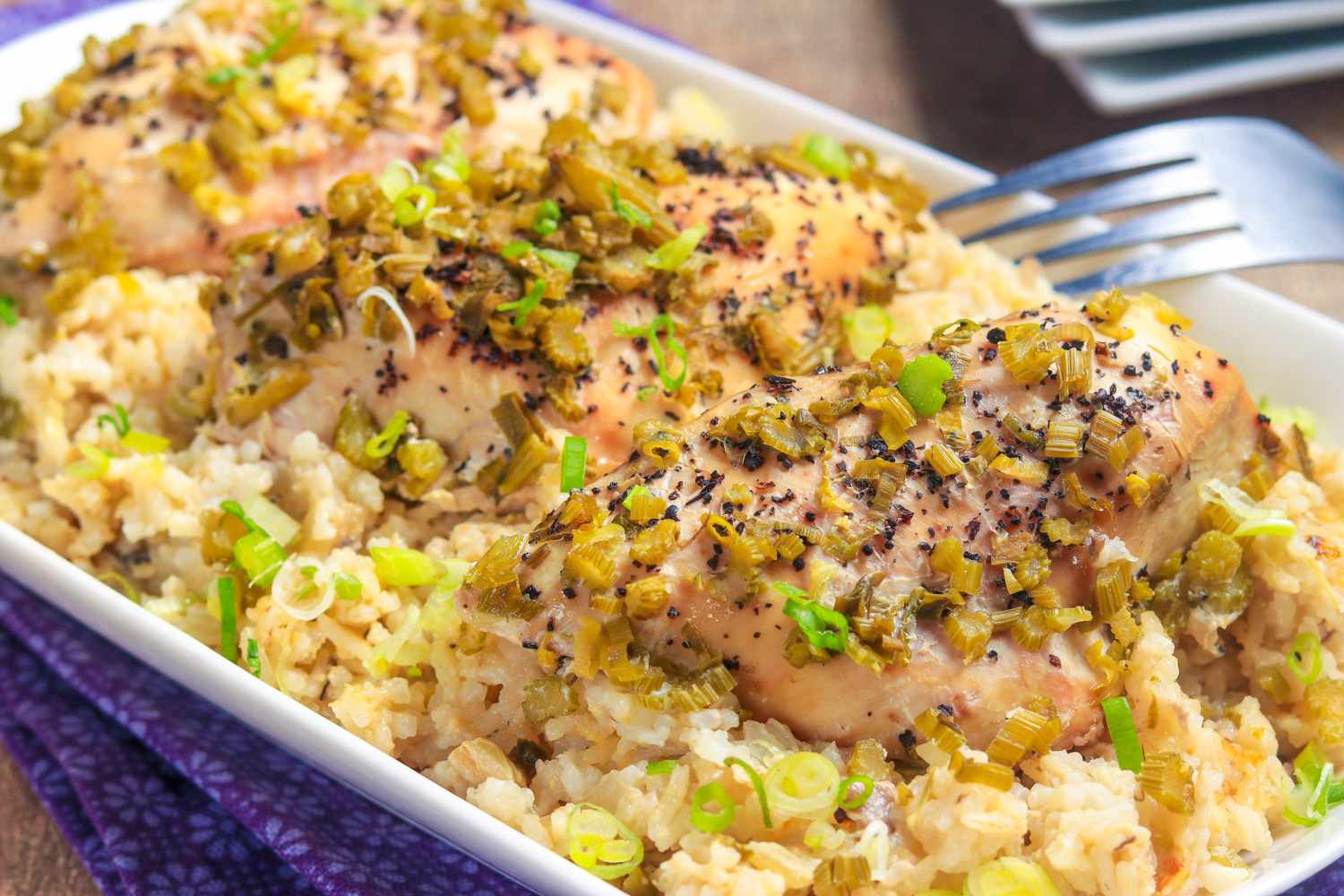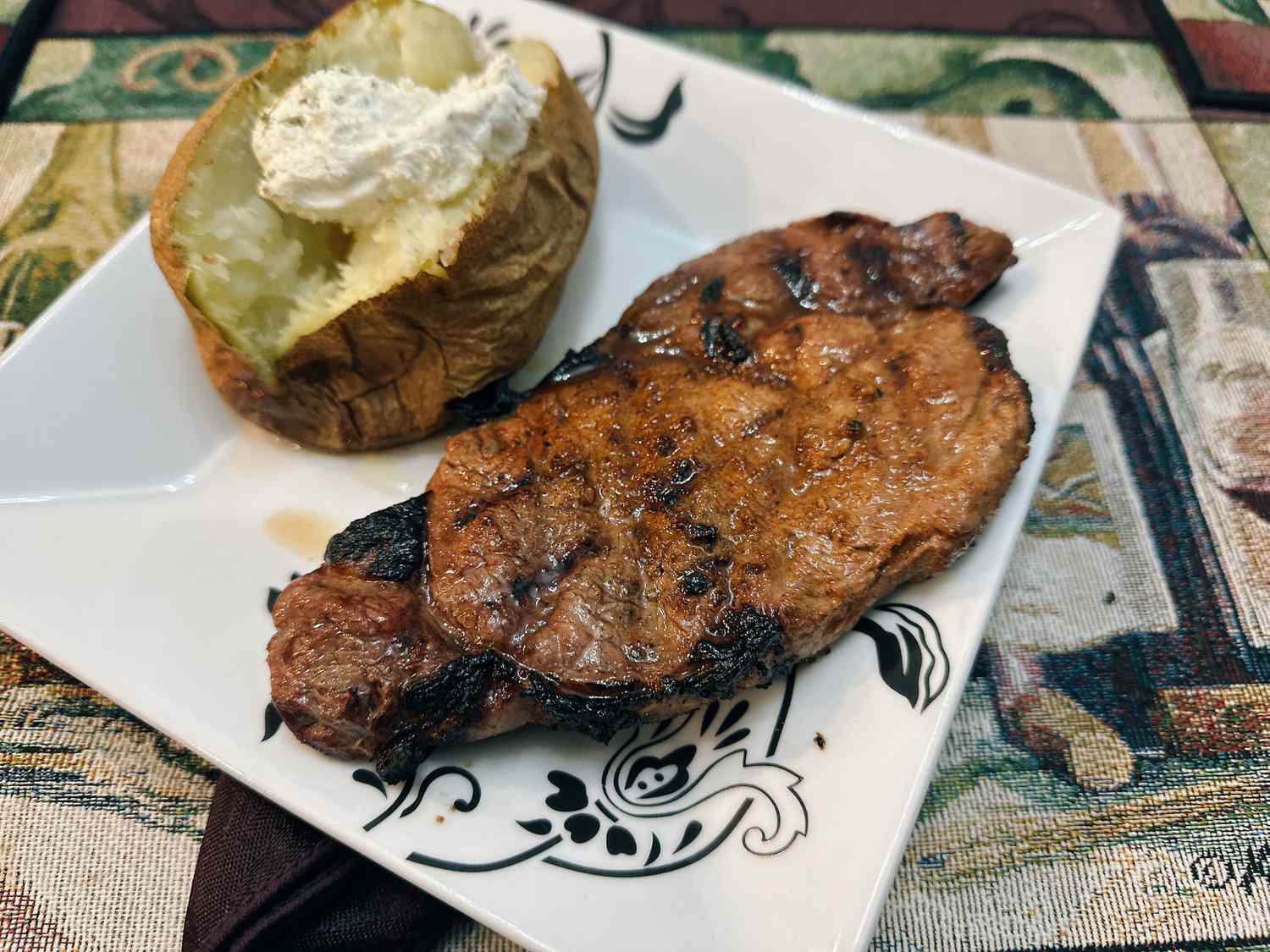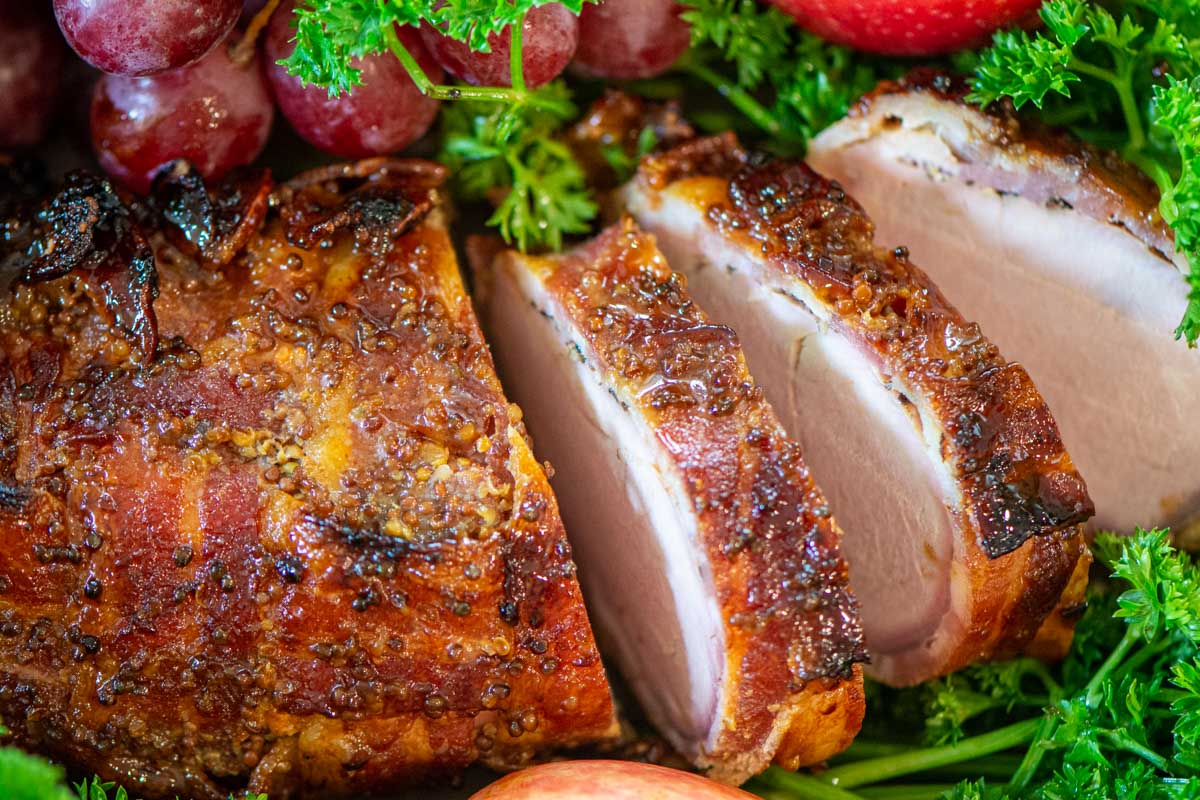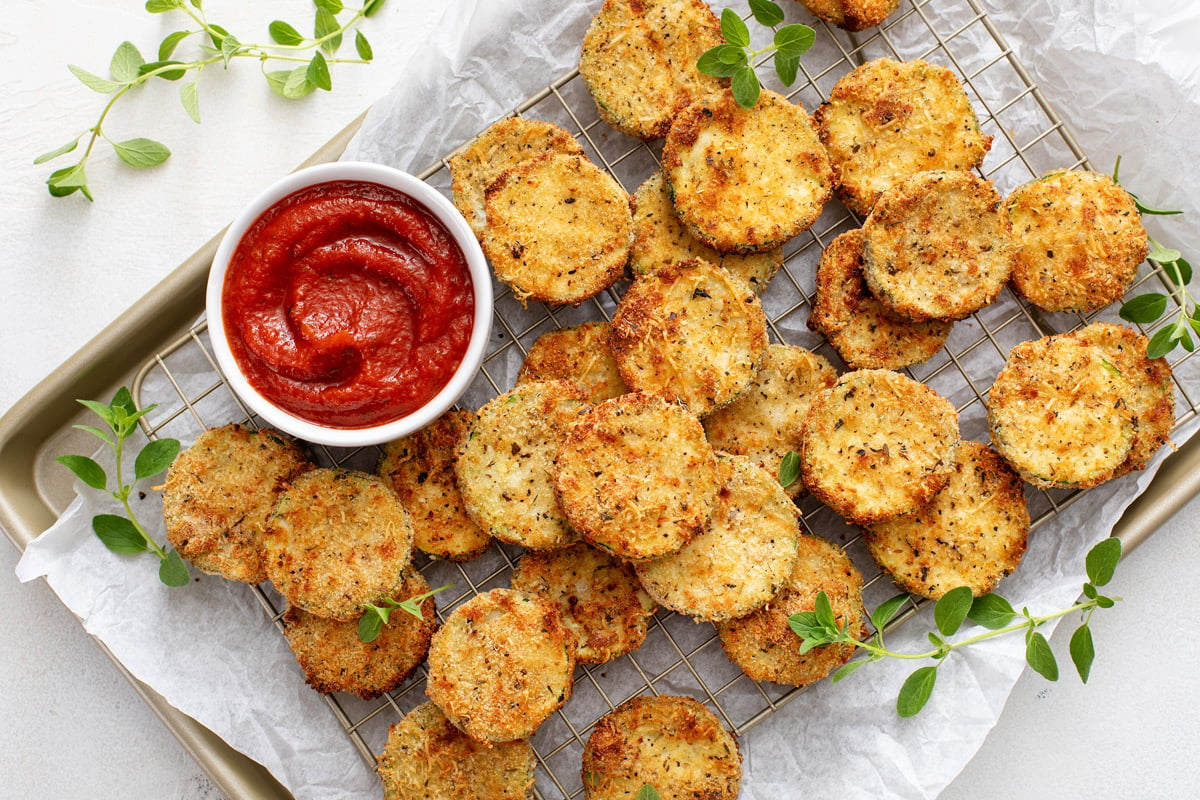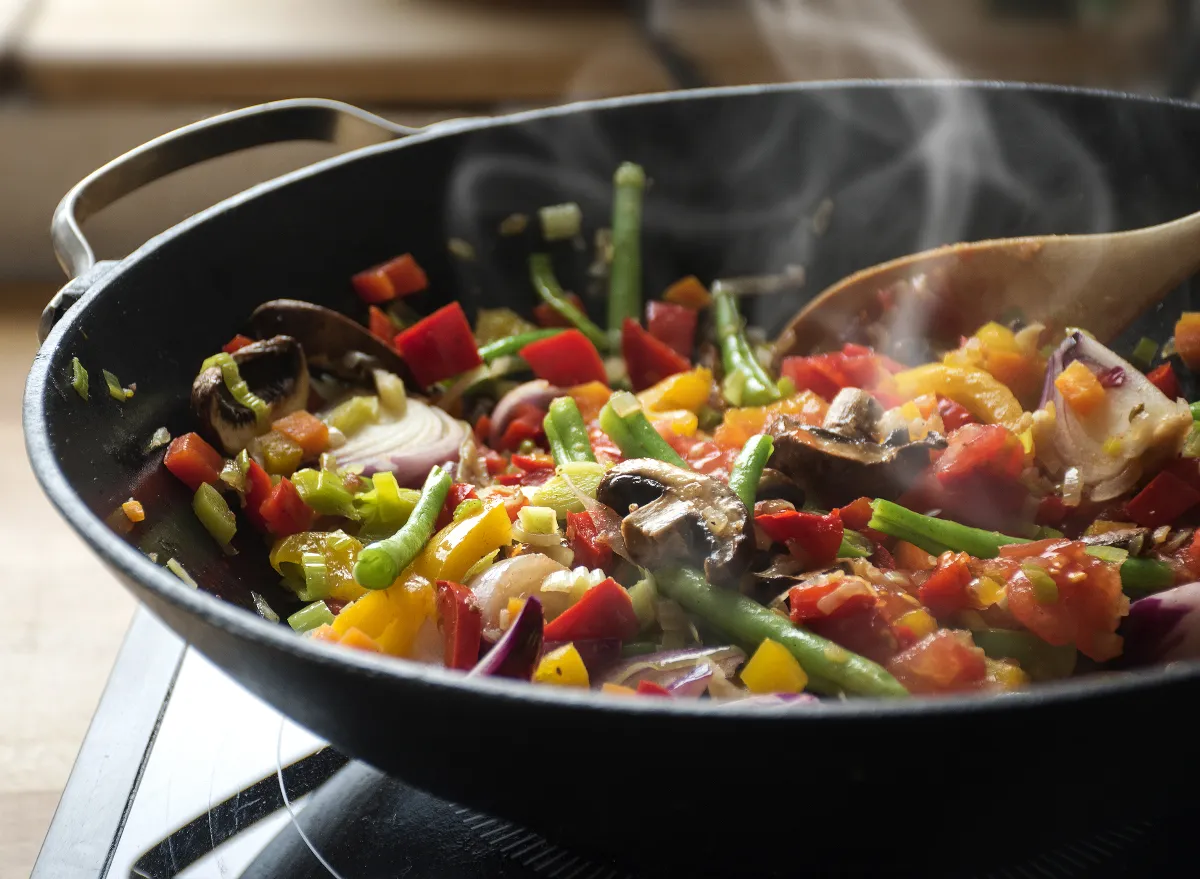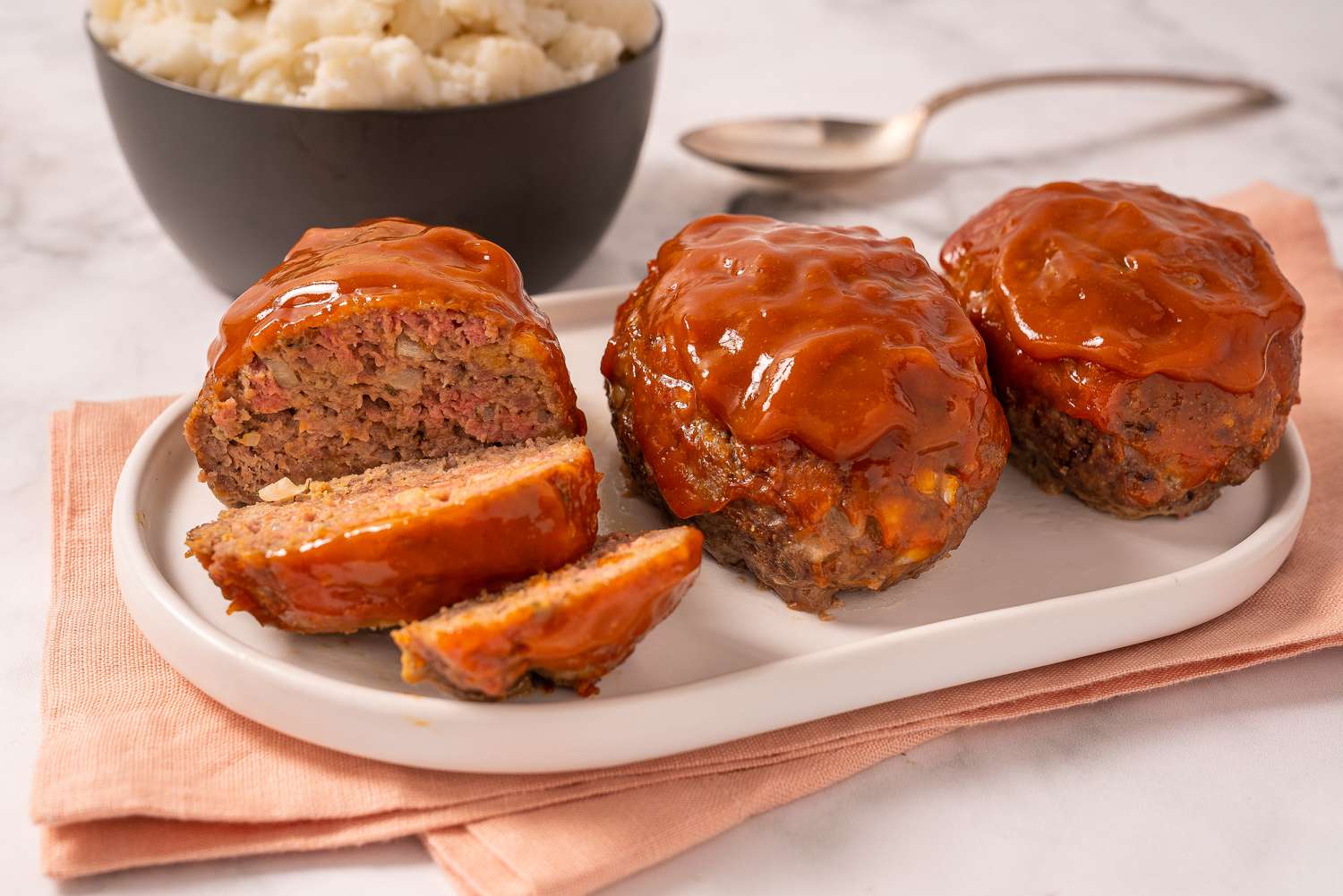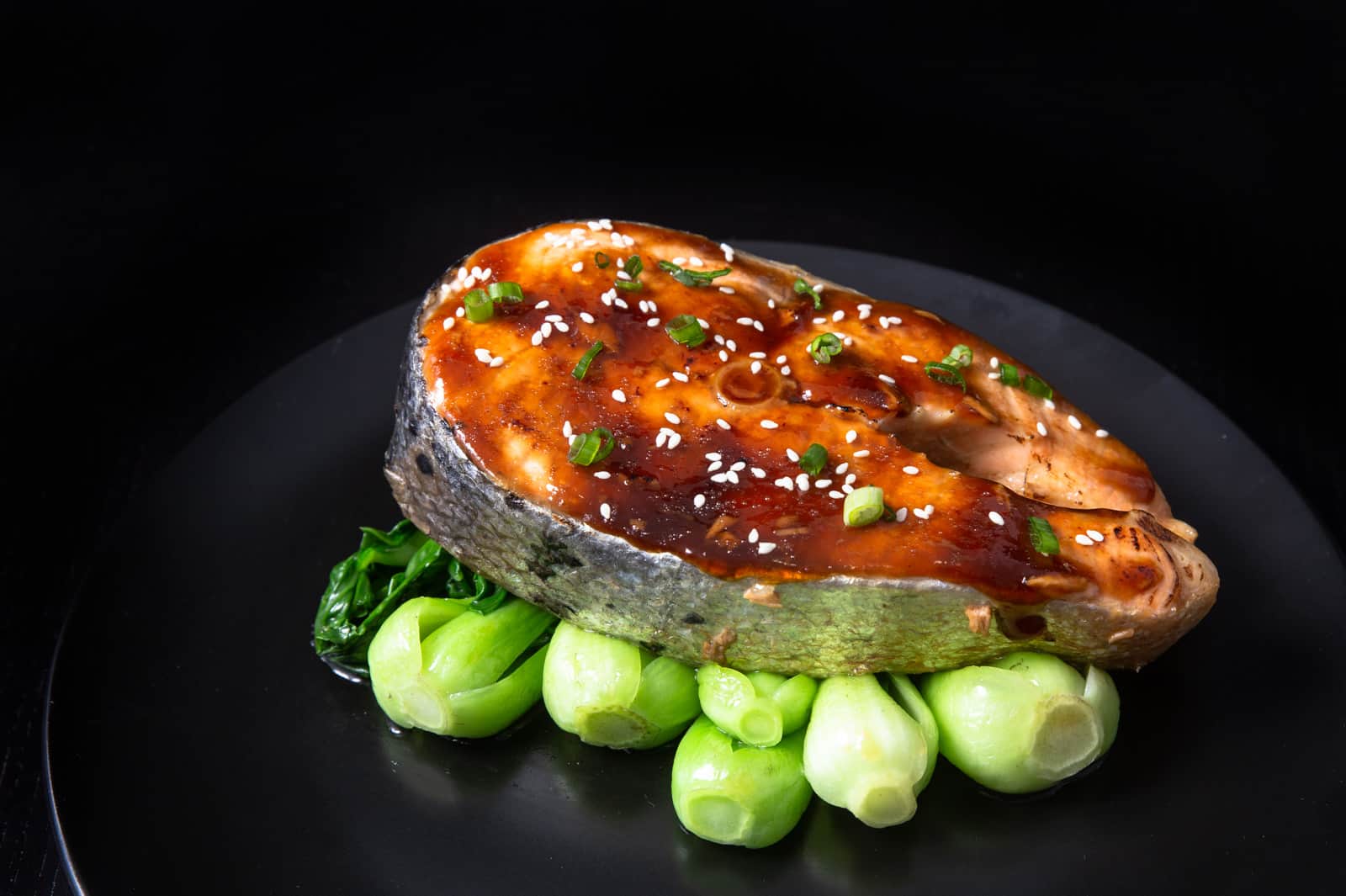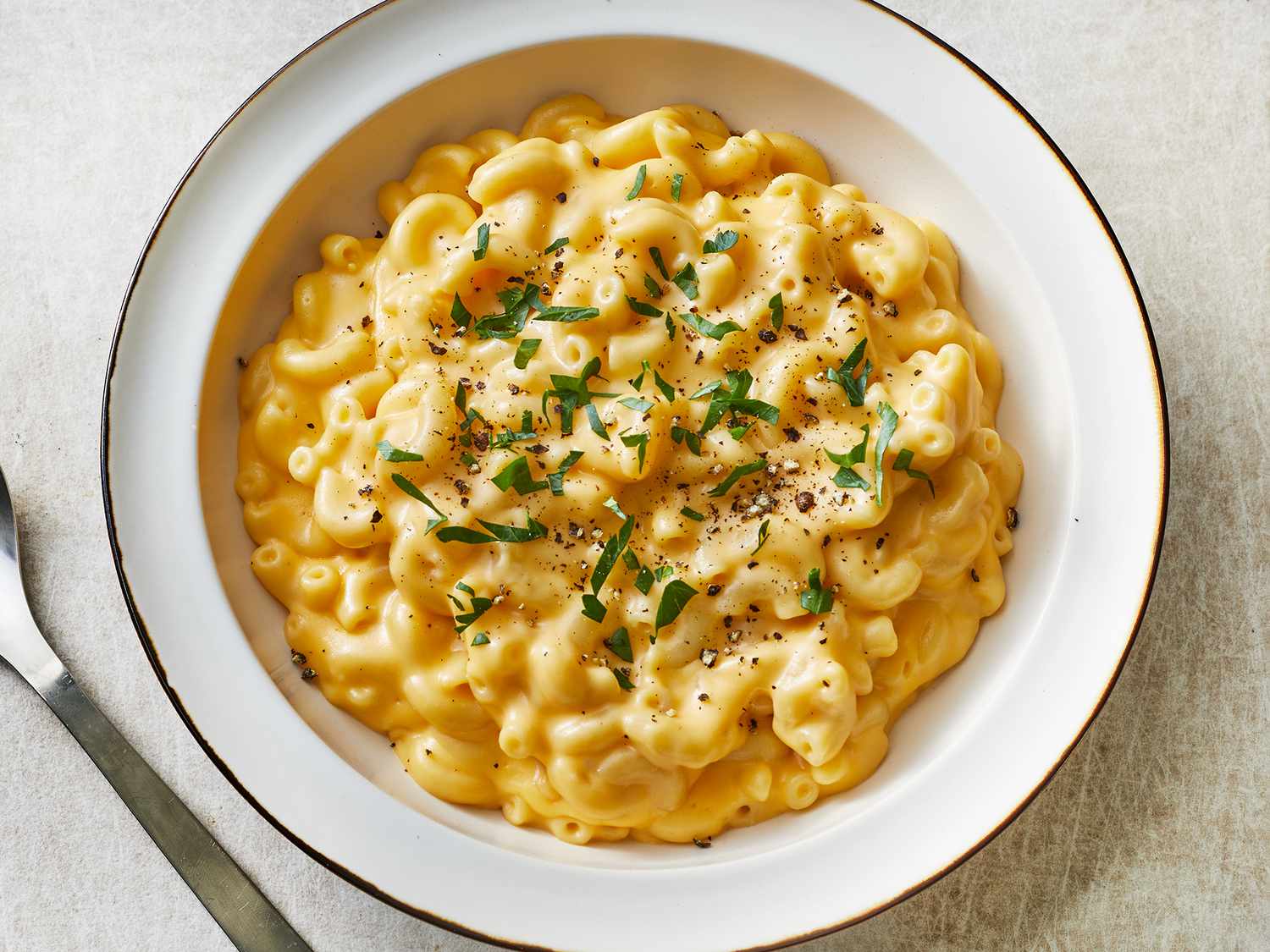How to Cook Pasta: A Step by Step Guide
Are you tired of ending up with overcooked or undercooked pasta? Don’t worry, we’ve got you covered! In this step-by-step guide, we will walk you through the process of cooking perfect pasta every time. From selecting the right pasta shape to achieving the ideal texture, follow these simple steps and become a pasta pro in no time!
1. Choose the Right Pasta
Start by selecting the type of pasta that suits your dish. With countless shapes and sizes available, consider the sauce or recipe you plan to use. Spaghetti, fettuccine, and penne are all-time classics, but don’t be afraid to try something different like farfalle or rigatoni to add a touch of variety to your meal.
2. Boil Water in a Large Pot
Fill a large pot with water, allowing enough space for the pasta to move freely. Bring the water to a rolling boil over high heat. To enhance the flavor of your pasta, add a generous pinch of salt to the boiling water.
3. Add the Pasta
Once the water is boiling, carefully add the pasta to the pot. Use a spoon or tongs to gently stir the pasta to prevent sticking. Follow package instructions for cooking time, but remember that pasta continues to cook even after it has been drained, so slightly undercooking is recommended.
4. Stir Occasionally
While the pasta is cooking, stir it occasionally to ensure even cooking and prevent sticking. This is especially important for long pasta like spaghetti or linguine. Be gentle to avoid breaking the pasta strands.
5. Taste Test
About a minute or two before the suggested cooking time, take a piece of pasta and taste it. The pasta should be ‘al dente,’ meaning it is cooked but still slightly firm to the bite. Keep testing every 30 seconds until desired texture is achieved.
6. Drain the Pasta
Once the pasta is cooked to perfection, it’s time to drain it. Place a colander in the sink and carefully pour the pasta and hot water into the colander. Give it a gentle shake to remove any excess water.
7. Rinse (Optional)
In most cases, rinsing cooked pasta is not necessary and can remove the starches that help sauce adhere to the noodles. However, for cold pasta salads or specific recipes, you can rinse the pasta under cold water to stop the cooking process and cool it down.
8. Serve Immediately
Transfer the cooked pasta to a serving dish or combine it with your favorite sauce immediately. This will allow the pasta to absorb the flavors and ensure a delicious final result. Buon appetito!
Now that you know the secret to cooking perfect pasta, you can impress friends and family with your culinary skills. Remember to experiment with different pasta shapes and sauces to create delightful and mouthwatering dishes. With practice, you will become a pasta aficionado in no time!
Was this page helpful?
Read Next: How To Choose The Right Cut Of Lamb
